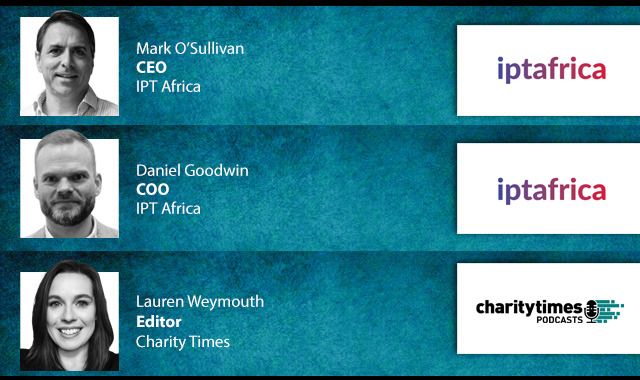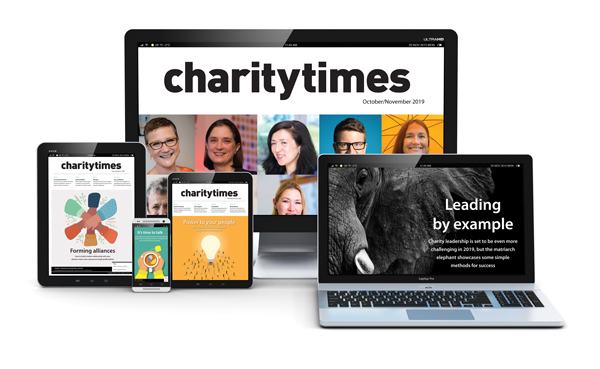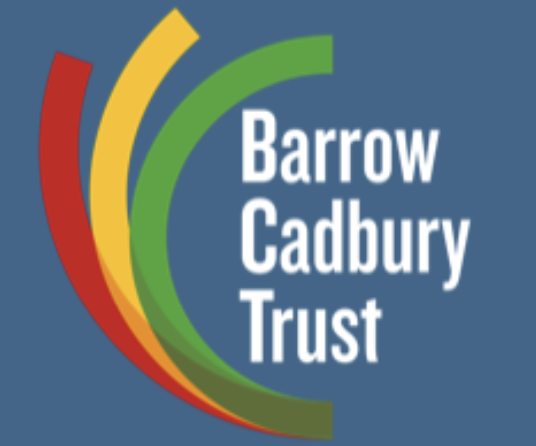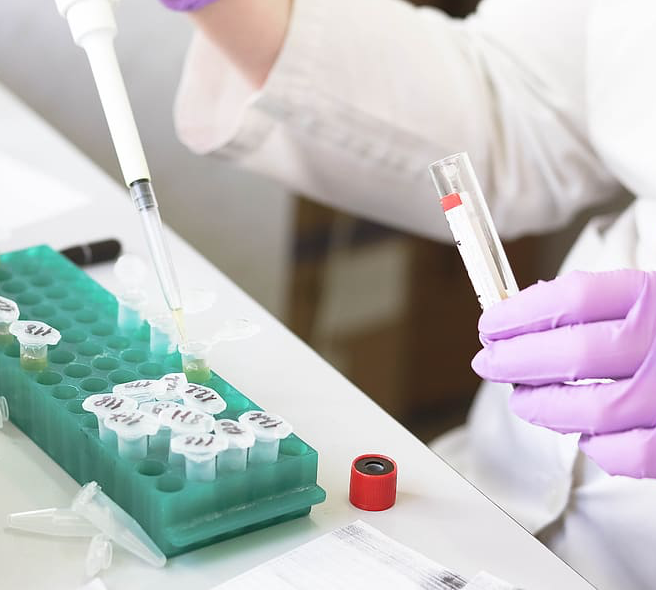More than a quarter of Covid-19 support funding aimed at small to medium sized charities went to their larger counterparts with an income of more than £1m.
The figures have been revealed in evaluation of the Coronavirus Community Support Fund, which was funded through the Department for Digital, Culture, Media and Sport (DDCMS) and distributed by the National Lottery Community Fund (NLCF).
The £200m pot of funding was aimed at supporting small and medium sized charities help communities affected by the Covid-19 crisis.
But the evaluation found that a fifth (20%) of funding and around one in ten (9%) grants went to charities with an annual income of between £1m and £10m.
Meanwhile, 5% of funding and 1% of grants were handed to organisations with an income of between £10m and £100m.
‘Super-major’ charities with an income in excess of £100m received 1% of grant funding.
This takes the proportion of funding received by large charities to 26%, according to the evaluation carried out by Ipsos MORI in partnership with New Philanthropy Capital and the Tavistock Institute of Human Relations.
The evaluation reveals that NLCF and DDCMS staff “suggested that the right balance” had been met in terms of the size of grant recipients.
“There was reported to have been some early discussions about potentially limiting funding to organisations with a turnover of less than one million,” says the evaluation.
“However, the decision was taken to include a small proportion of those with turnover of more than one million, with most of the funding still going to the smaller end of the sector.”
Regional variations
The evaluation also noted regional differences in the allocation of funding.
In terms of funding per head of population London and the Northeast received the largest allocation of money through the Coronavirus Community Support Fund.
Meanwhile, regions including the Southwest, Southeast and East of England received the lowest funding allocation.
While the Northeast of England and London received £3.95 and £3.82 per head of population respectively, the East of England received only £1.86.
The South East’s allocation was £2.17 per head, while the South West’s was £2.76.
The figures have been revealed in evaluation of the Fund by Ipsos MORI. This notes that “the regions with the lowest concentrations of funding were in the southern (other than London) and the eastern regions.
However, it notes that the figures need to be treated with caution as some grants used by communities may have been delivered to offices in a different region.
The evaluation says that the regional funding allocation indicates the Fund has been successful in reaching disadvantaged communities as London and the Northeast “are home to the local authority areas with the highest levels of deprivation in England”.
“The higher concentrations of funding going into those areas would suggest that it reached people and communities who were facing economic and social challenges prior to COVID,” adds the evaluation.
Differences were also recorded in communities to receive grants. While 24% of all grant funding was allocated to people with disabilities, 19% was targeted Black, Asian and Minority Ethnic (BAME) communities and LGBTQ+ people received 2%.
Latest News
-
Workplace volunteering could be worth £6.4bn a year to UK economy, research claims
-
John McGeachy: Managing communications through an election
-
London Marathon names Pancreatic Cancer UK as its official charity for 2025
-
YoungMinds unveils new brand
-
St John Ambulance England’s chief operating officer to head up its Wales operation
-
Exclusive: Redundancies at Scouts due to ‘significant pressures on our budget’
Charity Times Awards 2023
Banking & charities: what's causing the rift & can we fix it?

The strained and deteriorating relationship between banking/finance and nonprofits has been well documented by the charity sector, so what does banking/finance have to say in response? Why isn't the relationship improving and how can it be fixed? With 30+ years of collective experience through working in international payments, IPT Africa's CEO Mark O'Sullivan and COO Daniel Goodwin give their insider's view
Better Society

© 2021 Perspective Publishing Privacy & Cookies














Recent Stories